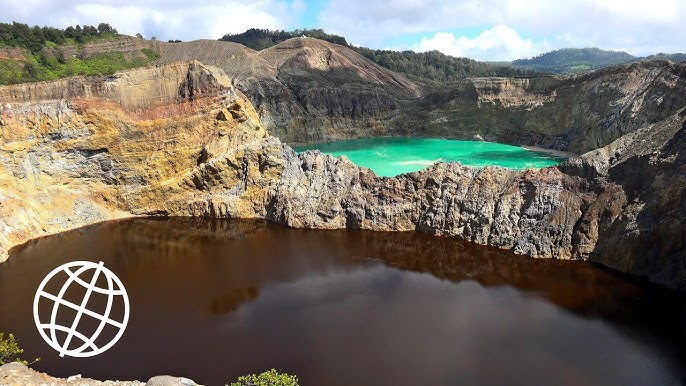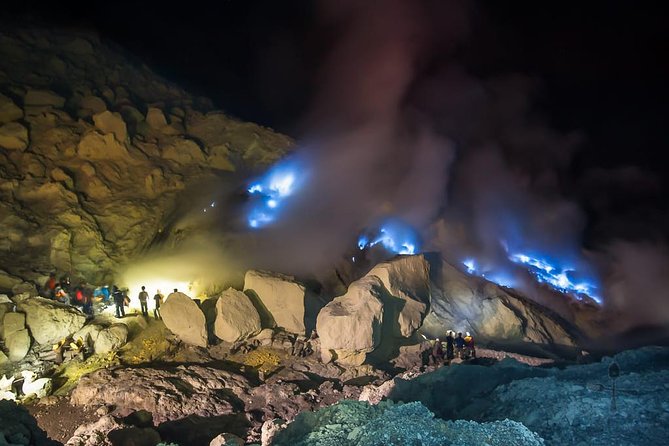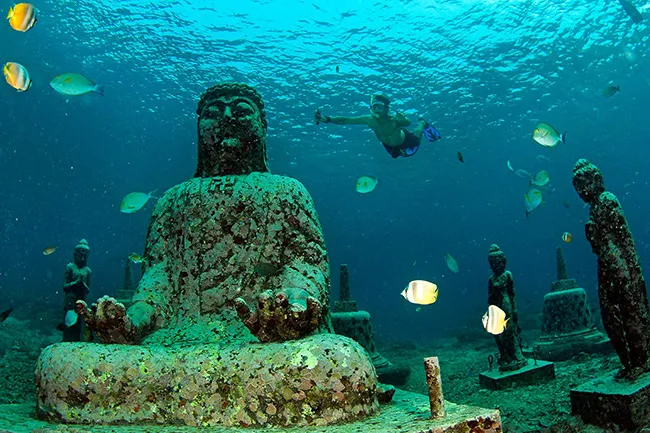Imagine a volcano that once spewed diamonds instead of lava. It may sound like a myth, but deep beneath Africa lies the truth behind the phrase diamond spitting volcano. These ancient volcanic formations, called kimberlite pipes, are the underground structures that carried diamonds from the Earth’s mantle to the surface millions of years ago.
Today, these volcanic remnants are home to some of the richest diamond mines in the world, making Africa the global heart of diamond production.
What Is a Diamond Spitting Volcano?
The term diamond spitting volcano is a vivid way to describe a kimberlite eruption, a rare and powerful volcanic event that occurred deep in Earth’s history.
Unlike traditional volcanoes that erupt molten lava, kimberlite volcanoes erupted magma rich in gas, pressure, and minerals, blasting through the crust with incredible force. During this rapid ascent, diamonds formed under extreme heat and pressure were carried to the surface, trapped within a volcanic rock known as kimberlite.
ALSO SEE : Rosalía’s LUX Album Channels Patti Smith’s Spirit in Avant-Garde Flamenco Masterpiece
When the eruption subsided, it left behind a carrot-shaped underground structure called a kimberlite pipe, the birthplace of most natural diamonds mined today.
Where Is the Diamond Spitting Volcano in Africa?
The most famous example of a diamond spitting volcano is found in Botswana, home to the world-renowned Jwaneng Diamond Mine.
- Location: Southern Botswana
- Type: Ancient kimberlite pipe
- Significance: One of the richest diamond mines on Earth
The Jwaneng Mine sits on top of an ancient volcanic vent formed more than 90 million years ago. Though the volcano is long extinct, its geological legacy continues to yield millions of carats of diamonds each year.
Other major diamond-rich kimberlite formations are found in South Africa, Lesotho, and Angola, each formed by similar volcanic processes.

How Diamonds Form and Reach the Surface
Diamonds form about 150 to 200 kilometers beneath the Earth’s surface, where temperatures and pressures are high enough to crystallize pure carbon.
Here’s how the process unfolds:
- Formation: Carbon atoms bond together under immense pressure deep in the mantle.
- Transport: Kimberlite magma rises rapidly through cracks in the crust, carrying diamonds with it.
- Eruption: The magma explodes through the surface, forming a pipe-shaped volcanic structure.
- Preservation: Over millions of years, erosion exposes the diamond-rich rock, making it accessible for mining.
Because these eruptions occurred so quickly, the diamonds were preserved rather than melting or transforming under heat. This rapid ascent is one of the main reasons natural diamonds exist today.
Scientific and Economic Importance
The diamond spitting volcanoes of Africa are not only geological wonders but also major economic engines.
- Geological Insight: Kimberlite pipes provide scientists with direct samples from the Earth’s deep mantle, helping to understand our planet’s composition and evolution.
- Economic Value: Botswana and South Africa have built thriving economies around diamond mining, contributing billions in revenue and supporting local communities.
- Global Rarity: Fewer than one in 200 kimberlite pipes contains enough diamonds to be mined profitably, making these sites incredibly special.
Myths vs. Facts
Myth: There are active volcanoes that erupt diamonds today.
Fact: All known kimberlite eruptions are ancient and extinct, occurring millions of years ago.
Myth: Diamonds form in lava.
Fact: Diamonds form deep underground and are transported upward by volcanic activity, not created in lava itself.
Visiting Diamond Volcano Sites in Africa
While you will not see diamonds flying from volcanoes today, several former volcanic sites can be visited. Botswana’s diamond mines are restricted industrial areas, but nearby geological parks and museums explain the unique volcanic origins of these gems. South Africa’s Big Hole in Kimberley is an open-pit mine that allows tourists to see the remnants of a kimberlite volcano up close.
Conclusion
The diamond spitting volcano of Africa is more than a captivating phrase. It is a window into the Earth’s hidden power. Millions of years ago, explosive volcanic activity brought treasures from deep within the mantle to the surface, shaping the modern diamond industry and transforming entire nations.
From Botswana’s Jwaneng Mine to South Africa’s historic kimberlite fields, these ancient volcanoes continue to reveal nature’s brilliance and the extraordinary journey of the world’s most precious stones.
ALSO SEE : Crescent-Shaped Rock Island, Thailand (Koh Hong, Krabi)





